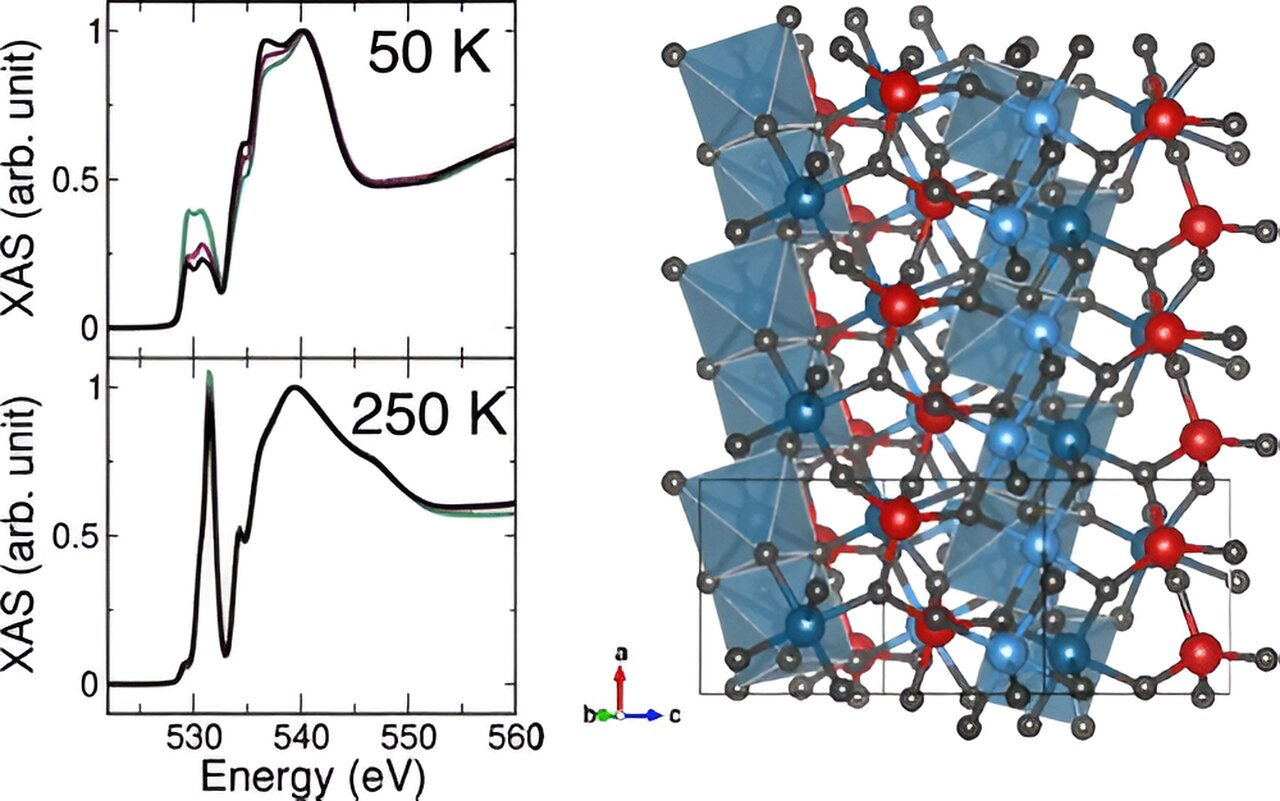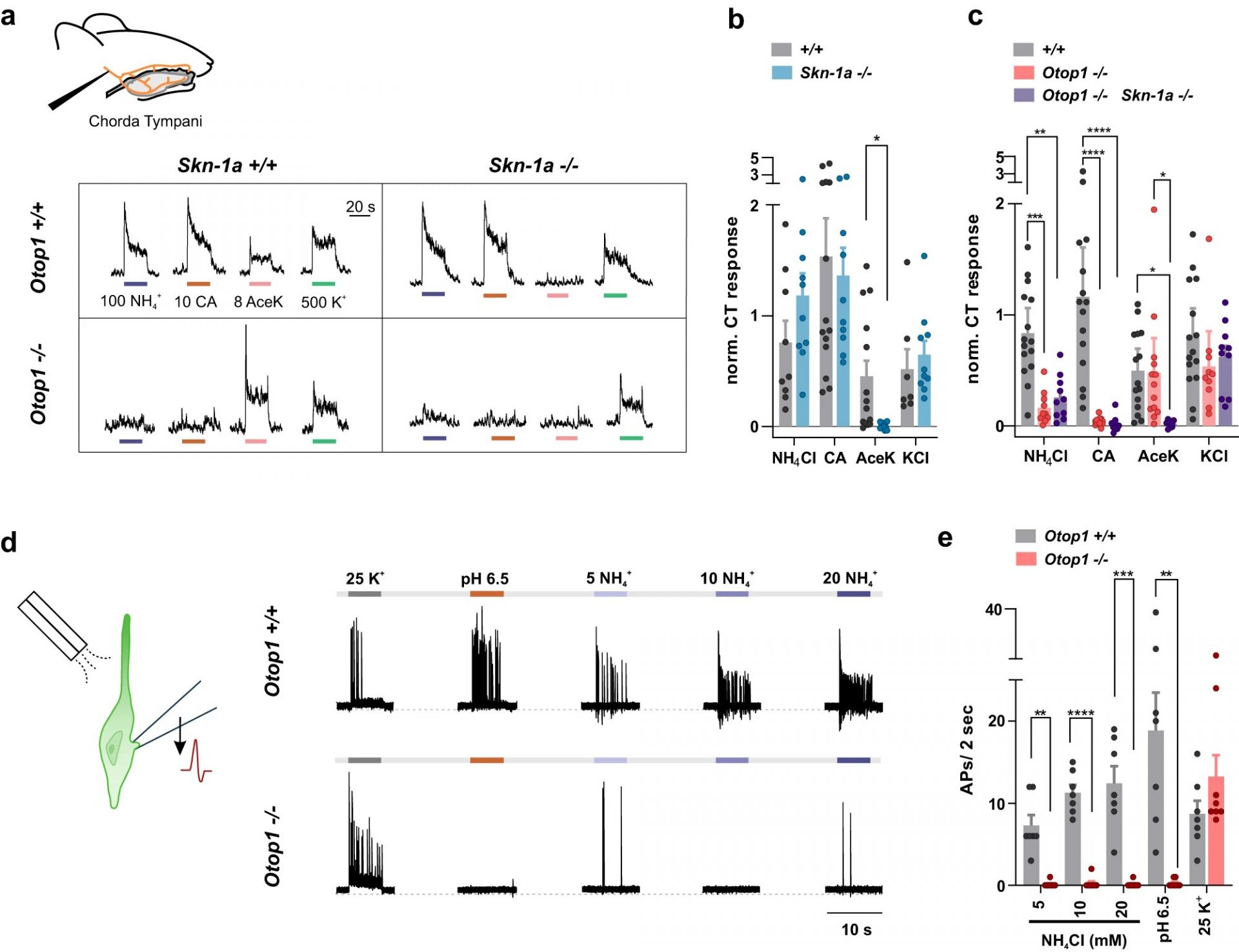Introducing a Breakthrough in Magnet Technology: Rust!
Did you know that every motor we use relies on magnets? Well, get ready to be amazed because University of Manitoba researcher Rachel Nickel has made a groundbreaking discovery that could revolutionize the way we produce magnets.
In her latest paper, published in the prestigious journal Nano Letters, Nickel explores a unique type of iron oxide nanoparticle. This material possesses extraordinary magnetic and electric properties that could potentially make it a game-changer. What’s even more incredible is that it has the potential to be a permanent magnet, the kind we use in car and airplane motors. But here’s the kicker – it’s made from two of the most abundant elements on earth: iron and oxygen. That’s right, no more relying on magnets made from rare earth elements.
“The ability to produce magnets without rare earth elements is incredibly exciting,” exclaims Nickel. “Almost everything that we use, which relies on a motor to start a motion, depends on a permanent magnet.”
Believe it or not, researchers have only recently begun to understand this unique type of rust, known as epsilon iron oxide, in the past two decades. “What makes epsilon iron oxide so special is that it only exists in the nanoscale,” explains Nickel. “It’s basically fancy dust. But it’s fancy dust with tremendous potential.”
To harness this potential for everyday technology, researchers like Nickel need to fully comprehend the structure of epsilon iron oxide. That’s why she and her colleagues collected data at the Advanced Photon Source (APS) in Illinois, thanks to their partnership with the Canadian Light Source (CLS) at the University of Saskatchewan. By studying epsilon iron oxide’s structure in different sizes, they discovered that its magnetic and electric traits change accordingly. In fact, they even observed some unusual electronic behavior in larger-sized samples.
Nickel is determined to continue her research on these particles, delving into their peculiar magnetic and electric properties. “The more we investigate these systems and the more access we have to facilities for research, the more we can uncover about the world around us and develop it into new and transformative technologies,” she asserts.
So, get ready for a future where magnets are cheaper, easier to produce, and made from the most abundant elements on earth. Thanks to rust, the possibilities are endless!
Credit: Canadian Light Source








